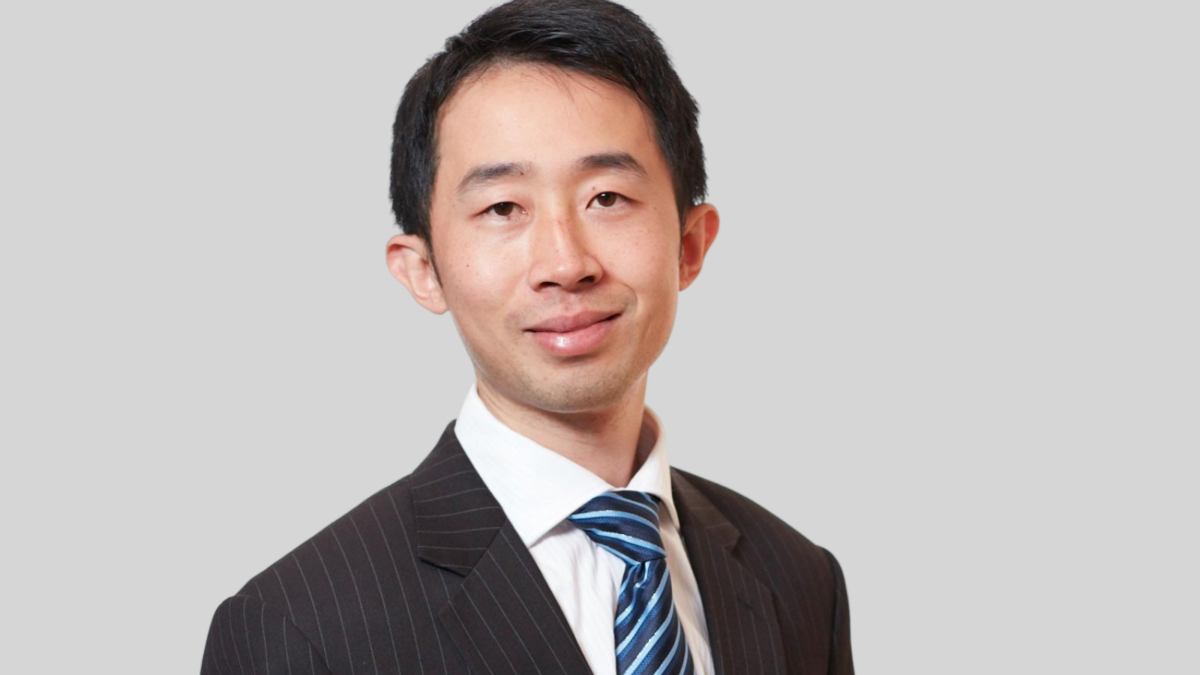‘Scar tissue’ matters in private equity (and so do fads)
What some private equity (PE) managers have characterised as an obsession with liquidity has kept super fund allocations to the asset class in the single digits for decades. But the burgeoning secondaries market creates more exit opportunities, and David Chan, portfolio manager at MLC Private Equity, expects funds will begin to increase their allocations towards 10 per cent they scrape for alpha outside the increasingly difficult public markets.
“Alternatives in general are being recognised for their alpha generation capabilities, but we’ve seen much more competition from super funds and others in infrastructure, in real estate, such that those assets are really priced to perfection – much more fully priced than in PE,” Chan says.
“PE still suffers from a lack of local investors who are experienced and capable of running PE. That natural constraint means there’s still an abundance of opportunities for most programs to find alpha, if they can find the right teams and build the right programs.”
And 95 per cent of the time, you don’t need liquidity (though when you need it, you really need it, Chan says). Australia is “blessed” with a strong and growing superannuation system, where funds with younger member bases and rising inflows can afford to lock money away for longer.
But at some point that equation will change, as it does for any company or country in growth mode; Chan uses the example of China, where rapid economic growth has slowed as the population that propelled it ages out of the workforce and birth rates decline. We’ll see the same with the superannuation system. Programs are now investing very rapidly on the forecast that private assets are generating great returns and they don’t need liquidity for the foreseeable future.
“I think where some programs may end up underestimating this is because your assets are generating such great returns, the compounding effect of that means that in five or ten years’ time, if you’re generating 15-18 per cent per annum compared to the public side generating high single digits, you are going to be growing that existing book so rapidly that suddenly you have single asset concentration issues,” Chan says.
“You’ll have liquidity issues on certain deals – and we’ve already seen that with some programs where they’ve made co-investments that have done extremely well, and suddenly they have a significant single asset risk.”
The classic example in the Australian context is Canva. It’s been a great success story for the Australian market, Chan says, and a testament to the value-creation potential of PE, but “highlights the risk of having too much of your book in one particular asset.”
“Being there before the GFC and having lived through cycles, we know that the music always stops at some point, and we’ve seen that in the past where we had assets with very high valuations that were then subsequently marked down materially,” Chan says. “Over the years, and particularly in the last ten years, we’ve really tightened our underwriting so that we’re investing in assets at a much fairer valuation that we know will hold up much better.”
“In bull markets, we’ll underperform some of our peers. While we’ve generated very strong returns, some years when there’s a bull market, our peers who have very heavy venture books, can generate 50-100 per cent. The flipside is that on a down year they might see 30-50 per cent drawdown on that book.”
And the last decade has been a bull market for both public and private markets – one that’s ended with a bang, not a whimper. Private companies haven’t come off as much as their public peers, but that doesn’t mean the bigger end of PE is insulated from the distortive effects of a bubble that has inflated the price of anything with an app.
“In certain parts of the market, there is material risk,” Chan says. “As more capital comes to chase those deals, the risk exacerbates in those parts. The flipside is, which we saw in the GFC, that capital quite often becomes transient capital.”
“At the first sign of trouble, the board that just allocated $1 billion to PE, when they see the 30-40 per cent drawdown, they say “Hey, that wasn’t a great decision – let’s put that back into hedge funds, because hedge funds are doing well now, or public equities”… There’s an element of inexperience and not having the scar tissue that more long-tenured investors have.”
Many of the newer entrants to the space have built up their PE programs in a bull market too, paying premiums for scarce personnel who then feel pressured to deploy capital into a rising market. Chan says: “You can’t have hired a top gun team for a very significant salary and have them all sit around for two years to wait for the right market conditions to develop.”
“If you’re starting today, like many of the consolidated super funds, with $150-$250 billion, your five per cent allocation to PE is an immediate starting point of $5-$10 billion. It’s a significant amount of capital, and because of the way mandates are set up, they have a tolerance band, and they need to invest $3 billion of that $5 billion from day one.”
“And so if you had experience in the market, you may be able to better mitigate that risk by buying a back book of secondaries to generate vintage year diversification and minimise j-curves. But that requires a level of experience that, if you’re newer to the market, you may not have.”
“You’re going to chase the big deals. For a new of team of three or so people, the prospect of doing 50 co-investments to deploy that capital really isn’t enticing, because you have a physical bandwidth constraint. So they write ten larger cheques.”











